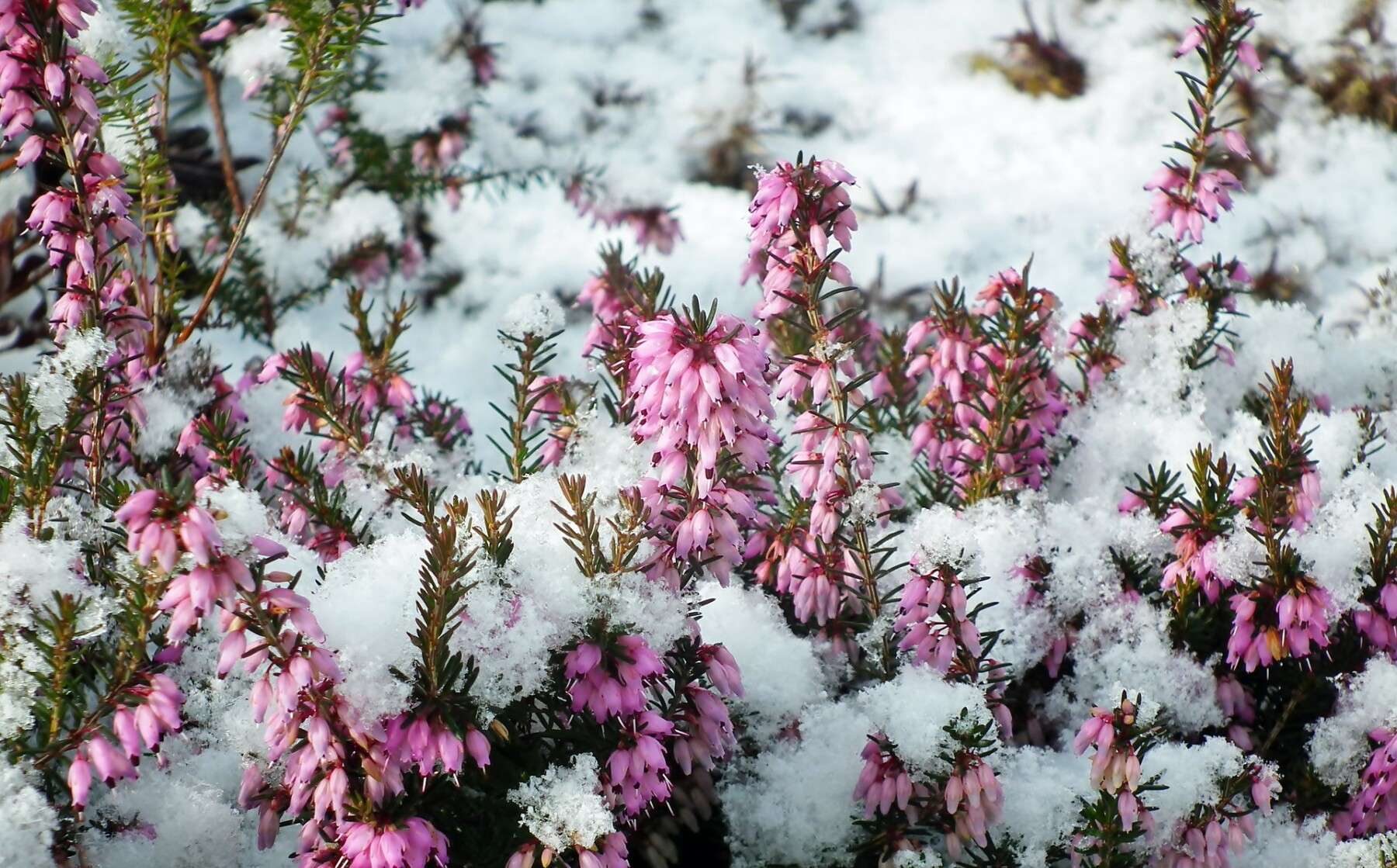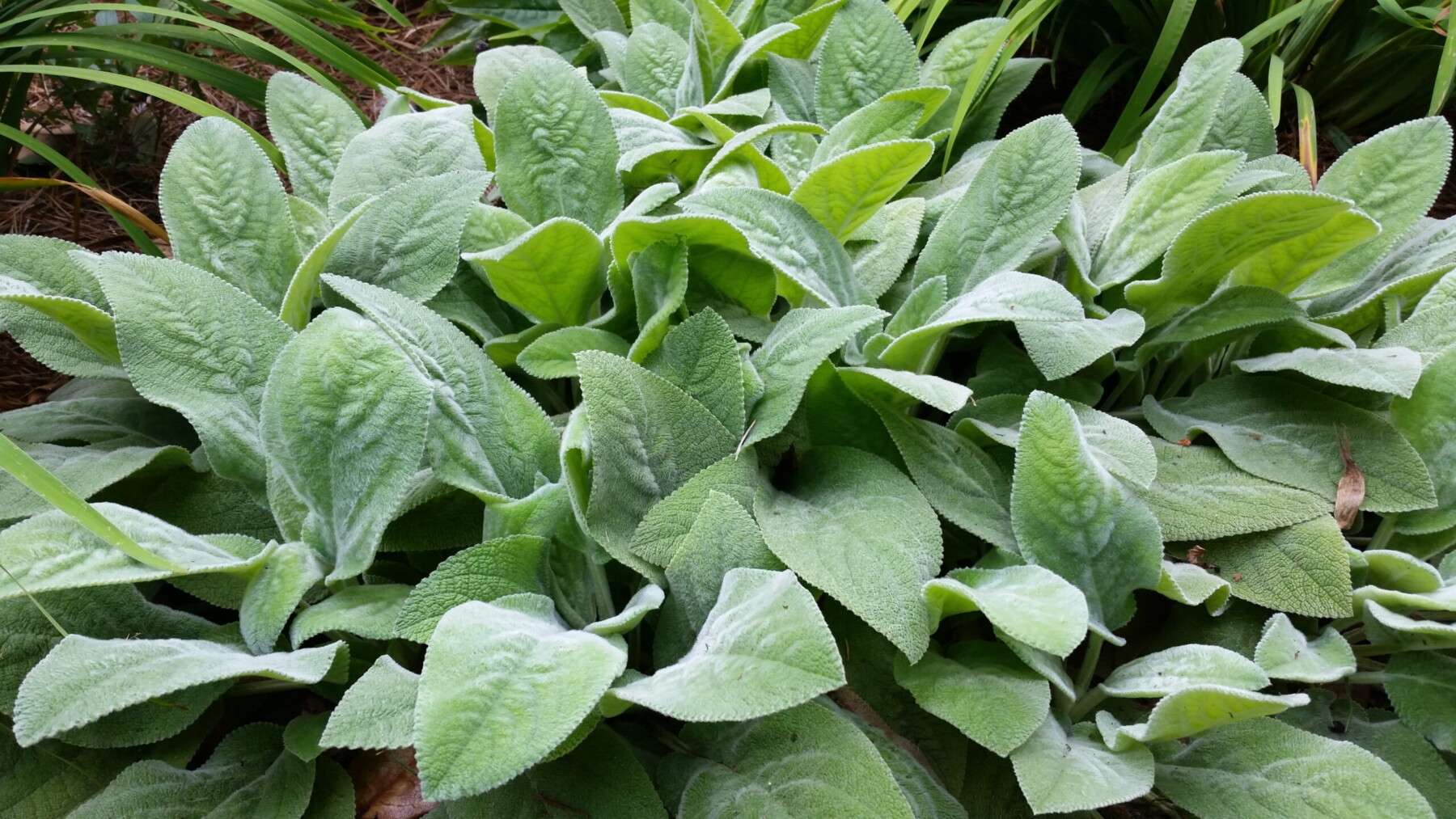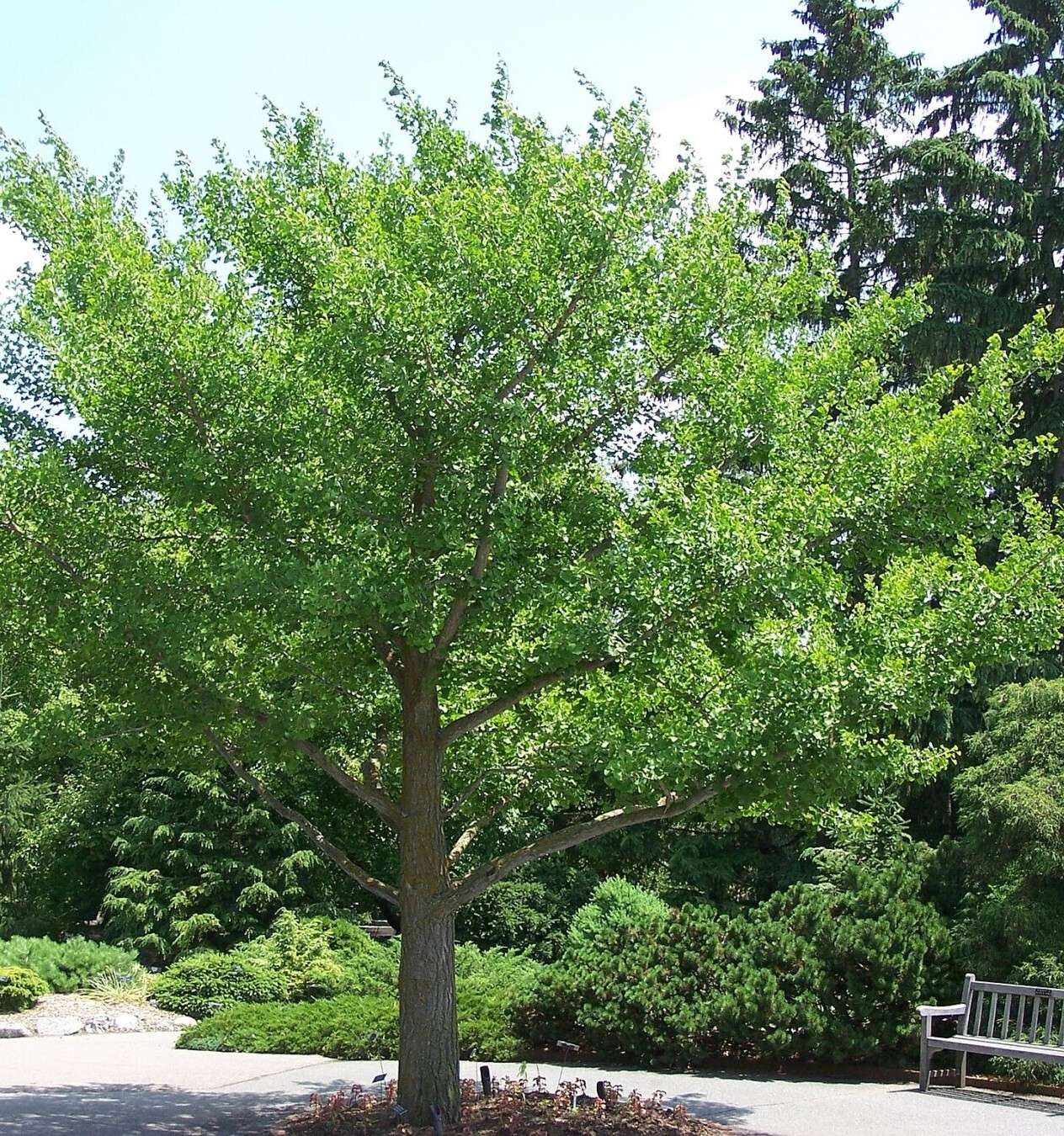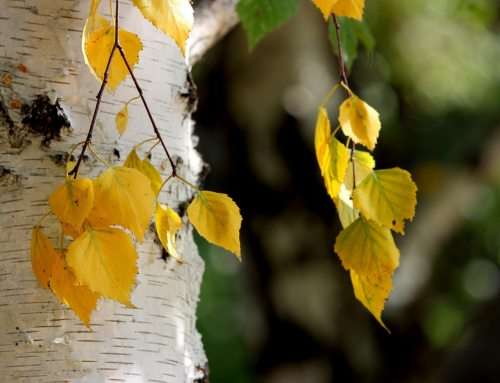Planting For a Changing Climate
By Libby Reeves
The last 12 months have been a very tricky time for us all. The painfully dry spring and blazing hot summer of 2022 was followed by the warm but unnaturally dry autumn and one of the coldest winters I can remember. The recent rain has been something of a blessing for those planting, but in some places, the rain has caused unexpected flooding. This ultimately results in issues where we haven’t had issues before. Pittosporums, Hebes, and Ceanothus, to name a few, are wonderful plants that are used widely, but so many have been lost. What can we use instead that will be reliable for the years to come? I hope to draw some conclusions from research and experience. Although this is a huge topic that is still undergoing research from many of the world’s leading scientists, there are some things we can do to try and prevent climate-related plant loss in the garden.
The seasonal change that we are so used to is clearly being disrupted by an ever-warming planet. How this will evolve over the years is very difficult to predict. The rainfall is sporadic, the temperatures fluctuate rapidly, and the summers are getting hotter, but the winters are unreliable. There are some areas, however, where we can draw some general conclusions.

Floodplains are often low-lying land close to natural watercourses. The soil tends to be built from water deposits and decaying organic matter, ensuring it is moist and fertile during the growing seasons before becoming wet in winter. The general trend is for these areas to flood more, particularly in summer, and get colder in winter as cool air sinks. Exposed sites, on top of hills, are known for a lighter, stonier soil and high winds. This ultimately results in plants thriving here that are very drought-tolerant. This is only going to get worse, as winds are getting stronger, and any rainfall will drain straight through. The colder winters can reduce the viability of many of the drought and wind-tolerant Mediterranean plants, but alpines generally do well here. In the inner-city area, any exposed areas of ground will quickly become dry due to evaporation. High footfall in parks may cause soil compaction in some areas, ultimately resulting in areas of un-compacted soil, such as flower beds, becoming flooded at times of high rainfall.
The internal effect of both summer drought and winter cold is often very similar. Both extremes can result in the disruption of water transport through the plant. Air becomes trapped within the water-carrying vessels, causing embolism in the xylem, and this results in damage to the plant as the leaves and the roots are no longer connected, in a process called cavitation. This occurs when water is not widely available: drought in summer and when temperatures decrease in winter. There are several methods plants have in place to prevent embolism; these include deep roots, control of water loss through the leaves, reducing metabolic activity, and dormancy, to name a few.
Deep roots can absorb water further down the water table and utilize water too deep for smaller plants or those shallower roots to reach. This maintains better water availability regardless of the rainfall levels. In a similar way, plants have many adapted mechanisms to slow down evaporation through the leaves. These include a thick waxy layer on the leaf surface, such as laurel; fine leaf hairs, such as Lamb’s ears (Stachys byzantina); and an ability to close the air gaps that are found on the underside of the leaf, the stomata, Cotinus or the smoke bush is well known for this.

Lamb’s-ear (Stachys byzantina)
Plants’ methods of dormancy are also very varied. There are also different types of dormancies depending on the plant. One of the most common examples of incomplete dormancy is autumn leaf abscission in many deciduous trees. This is considered incomplete, as the plant is still able to extend and grow its root system even though there are no leaves on the branches. The amount this occurs depends on the species. Annual plants use complete winter dormancy; the plant reproduces in the growing season and dies before the winter. The seed then remains unviable over the winter, many requiring extended cold periods to allow germination when the temperatures rise in spring. The hope for the new plants is that they can receive enough water when they do start to germinate to allow the plant to fulfil its lifecycle the following year. As these are often small plants, the requirement is relatively low.
A plant’s method of surviving drought stress is usually inversely related to its maximum growth capabilities. Fast-growing plants are more likely to succumb to drought stress than slower-growing ones. The slower growth rate slows the metabolic activity within the plant, and the chances of embolism are reduced. Ginkgo trees are typically slower-growing trees and are known for their deep root system and being deciduous, which is rarer for a conifer. They are therefore often used as street trees due to their ability to survive in an often-hostile environment.
As plants with deeper roots can survive drought better, it is therefore clear that plants with an established root system are at an advantage to surviving drought compared to those without. The ratio of roots to shoots is important as the amount of water being lost through the leaves wants to balance with the water being absorbed through the roots. Young, recently planted trees, shrubs, and herbaceous are at a disadvantage as the root system is often smaller than the leaf structure. This is one of the main reasons why adding more water to these plants is so important.
Plants that are well-established in a thriving ecosystem, such as woodland, create underground fungal relationships with their neighbours. In times of hardship, it is then possible for trees to maintain the lives of their neighbours by passing water and nutrients through these mycorrhizal fungi to help those in need. These relationships develop over the lifetimes of the trees and are difficult to create in a short timescale. They also help to keep pathogenic fungi levels lower, such as honey fungus, helping to keep the associated trees safe from harm and added stress. One of the many reasons that the destruction of ancient habitats such as woodland is so detrimental to the lives of so many.

Ginkgo biloba tree
There are many things we can do in the garden to help promote healthy, happy plants and provide them with mechanisms to prevent drought stress. Understand the garden habitat and plant accordingly: a garden on top of a hill with light soils, lots of sun, and wind will require different planting from the one at the bottom with deeper soil, a higher water table, and potentially more shade. Using waste products such as leaf mould and pruning arisings to make compost will, in turn, promote soil health and help clay soils drain better and lighter soils retain more moisture for use when the weather becomes inhospitable. Building a pond can provide a draining point in a wet garden and a natural water source in a drier one. Allowing trees to grow old and tall will add shade to a garden and will aid the depth of the soil for planting other plants beneath it, such as hellebores or hostas. The more plants in the bed or border will limit the amount of exposed soil; this, in turn, will slow evaporation directly from the soil and ensure no soil moisture is lost unnecessarily.
Clearly, the current global weather is providing a hostile environment for many of our dearly loved garden plants. It is also pushing us in a new direction regarding the choice of new ones we wish to plant. The ideal plant for a certain situation is very dependent on the situation, and a better understanding of our gardens and planting spaces is vital to promote long-term establishment and survival. Although, with the climate changing all the time it is difficult to guarantee the survival of any plant, but by utilizing the methods and resources we have available to us, we can reduce the gamble of choosing new plants and promote the health of those that have already been planted.
References:
Webster E, Cameron RWF and Culham A (2017) Gardening in a Changing Climate, Royal Horticultural Society, UK.
Smith T and Boers N (2023) Global vegetation resilience linked to water availability and variability. Nature communications 14: 498
Volaire F, Barkaoui K, Gremillet D, Charrier G, Dangles O, Lamarque L, Martin-StPaul N, and Chuine I. (2023) Is seasonally reduced growth potential a convergent strategy to survive drought and frost in plants? Annals of Botany 131 245-254
Tolgyesi C, Buisson E, Helm A, Temperton V, and Torok P. (2021) Urgent need for updating the slogan of global climate actions from tree planting to restore native vegetation. Restoration ecology.





